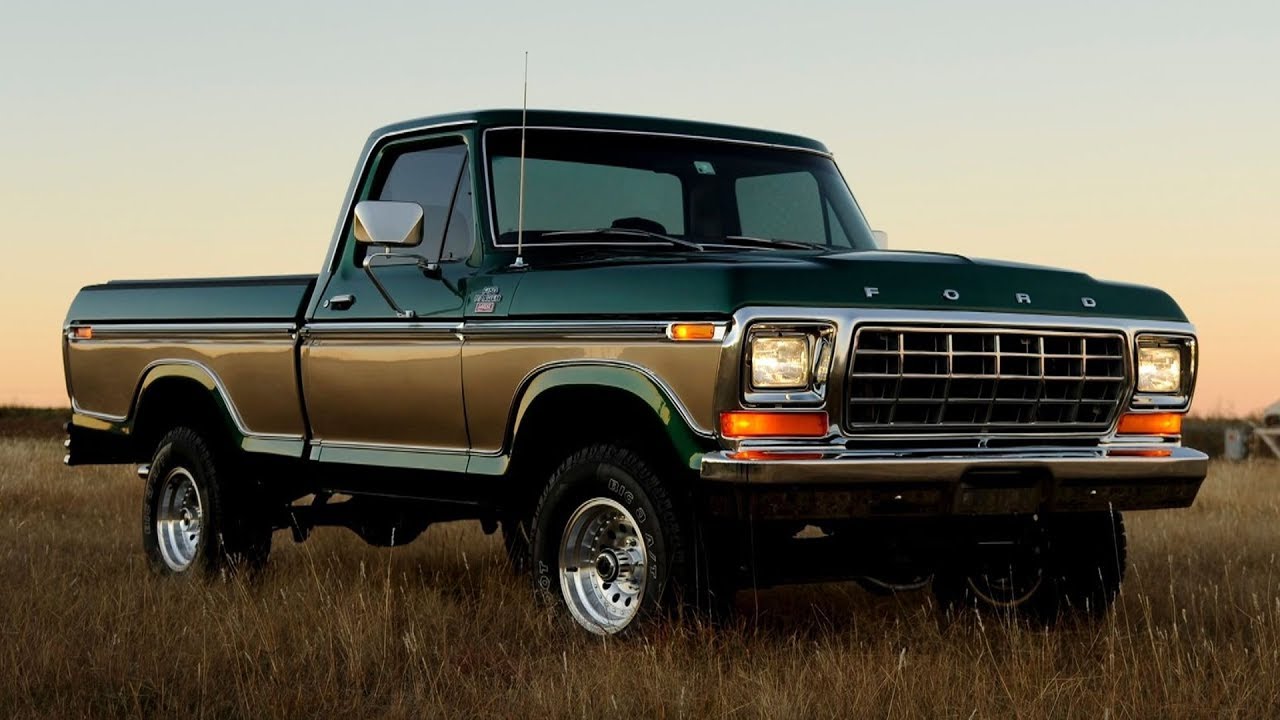I started street racing in this '69 SS 396 4 speed 4.10 12 bolt rear El Camino that was bought new by my father at Yenko Chevrolet.
I got to ride home in from the dealership when I was only 9.
View attachment 69579
A numbers matching ride, my brother restored it about 30 years ago, and I was reunited with it again in June, 43 years after I last drove it.
I was raised in a performance oriented atmosphere and have many stories to tell including some of the parts being made or modified for Don Yenko's Stinger Corvair project in the machineshop in the basement of the home I was raised in.
When I first hit the streets, the musclecars were abundant and rather inexpensive because they were considered gas hogs and just old cars.
There were fuel shortages in the early 70s that began to spell out their demise, emission requirements to curb pollution with replacement vehicles that offered slightly better fuel mileage with disgustingly low power outputs.
My fascination with the older performance vehicles is that most of them were powered by older designed engines and offered very little in the name of braking and handling than their standard passenger cars of that era.
They stopped poorly and handled like they were riding on mush and basically only offered straight line performance.
There are modern engines that will blow away nearly anything from that era with superior engineering and performance, but what is the fun in that?
Incidently, the 283 cubic inch Chevy small block was the first V-8 production car engine to achieve one horsepower per cubic inch in a mechanical fuel injected Corvette in 1957
Beautiful car, Nitro! Wow.
My first car wasn't an El Camino, nor was it even a car; it was a 1978 Ford F150 Ranger Lariat with a 400 cubic inch V8. It was a very fast fun vehicle and I loved it. I had to sell it because I couldn't afford the gas. It got 10 or less MPG from what I recall. It looked just like this:

